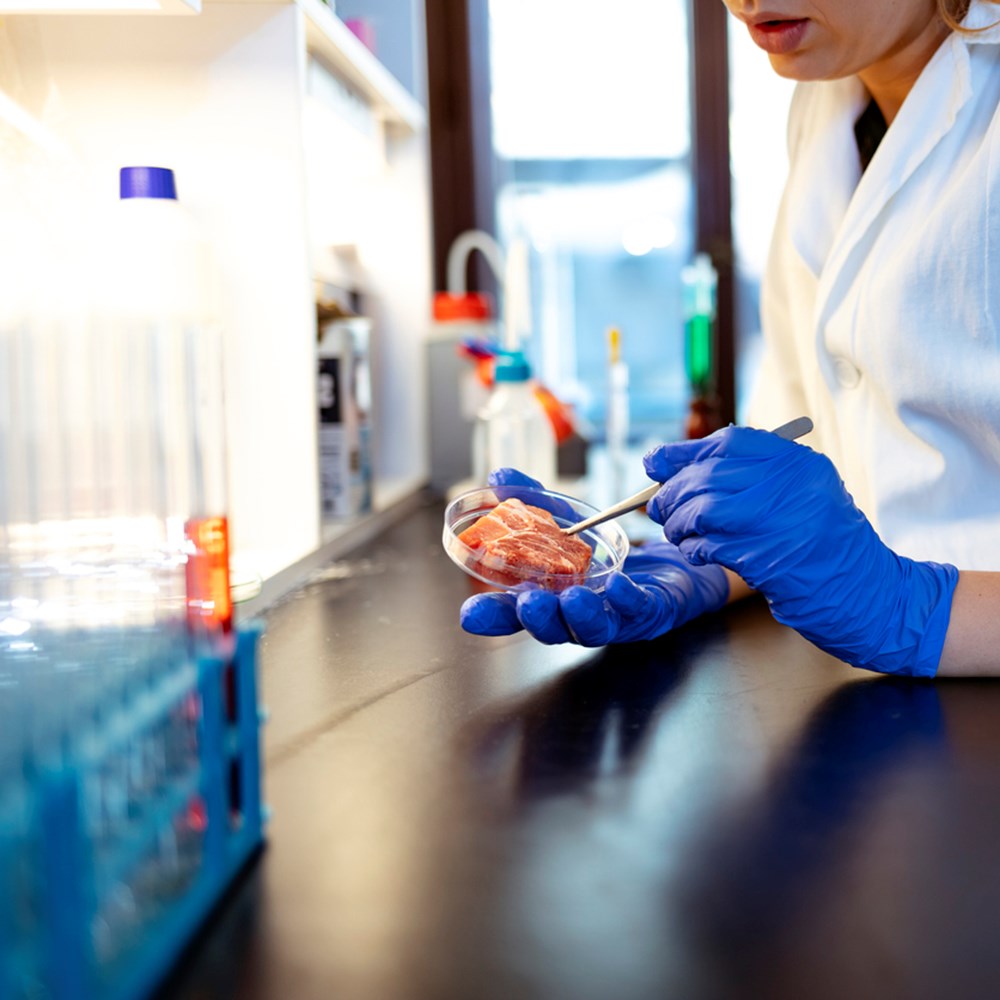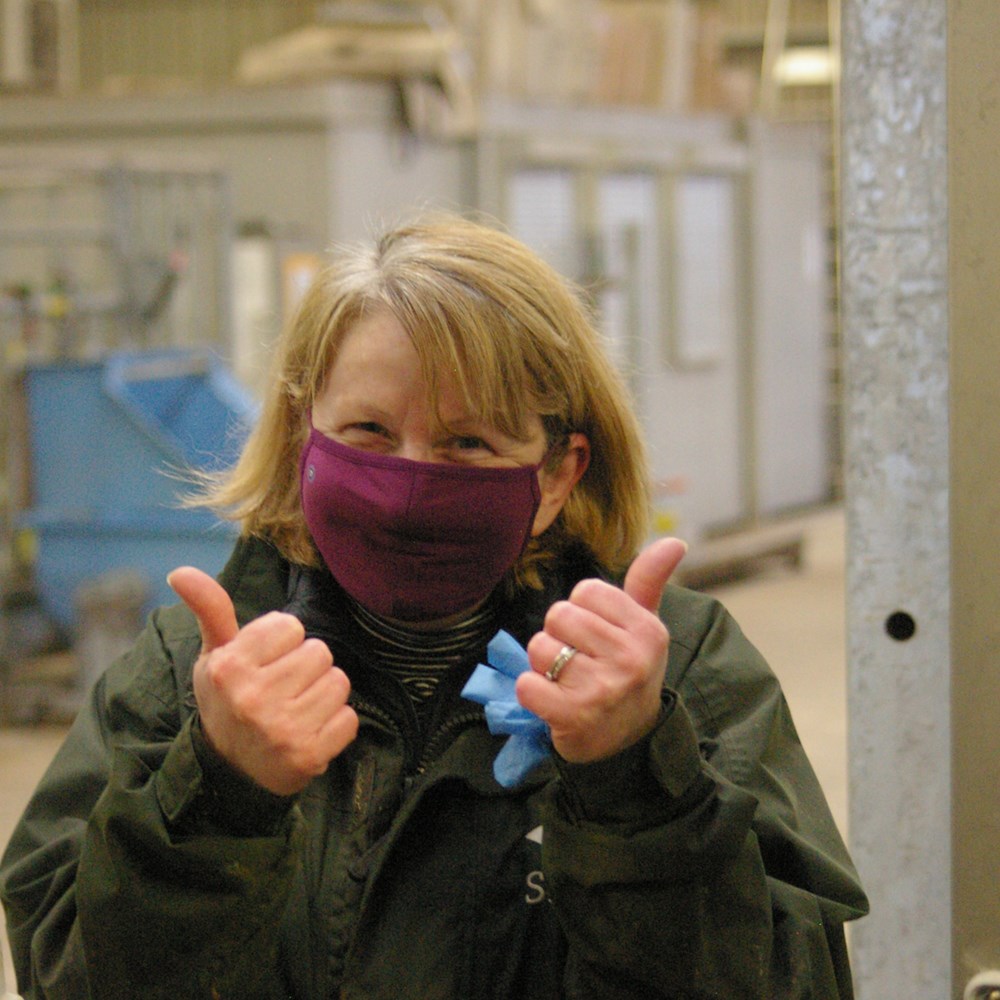Meat quality
The Beef & Sheep Research Centre provides optimal conditions to carry out meat quality research.

The Beef & Sheep Research Centre provides optimal conditions to carry out meat quality research. Techniques and protocols are available to determine carcass and meat eating and nutritional quality. Besides to measures of colours and pH, physically tenderness measurement equipment such as slice shear force as well as spectral measurement techniques such as visible and near infrared spectroscopy (Vis-NIR) and hyperspectral imaging (HI) are available. Furthermore, a mobile computer tomography (CT) scanner opens up opportunities to obtain detailed carcass characteristics.
Some of the outcomes of the research on meat quality are:
- Vis-NIR is able to predict many eating and nutritional quality criteria of meat such as tenderness, juiciness and flavour, pH, but particularly accurate fatty acid profiles and colour
- HI provides additional information than Vis-NIR and should be developed further to provide robust estimates of meat quality criteria under abattoir conditions
- Vis-NIR is offering a new on-line method for sorting carcasses based on meat eating quality criteria and for providing predictions of difficult and costly to measure meat eating and nutritional quality traits for a feedback system to the producers and for genetic improvement programmes
- Fatty acid profiles of beef were genetically determined and omega-3 and conjugated fatty acids associated with nutritional human health benefits showing moderate to high heritabilities
- CT showed very high predictions accuracies and should be used as reference method for carcass quality. Additionally, CT measures of meat density can be used as predictor for meat eating and nutritional qualities
The use of advanced meat quality measurement techniques is expected to have a substantial impact in future breeding programmes, nutritional intervention and husbandry to provide a very tasty and high quality product to enhance human health.


